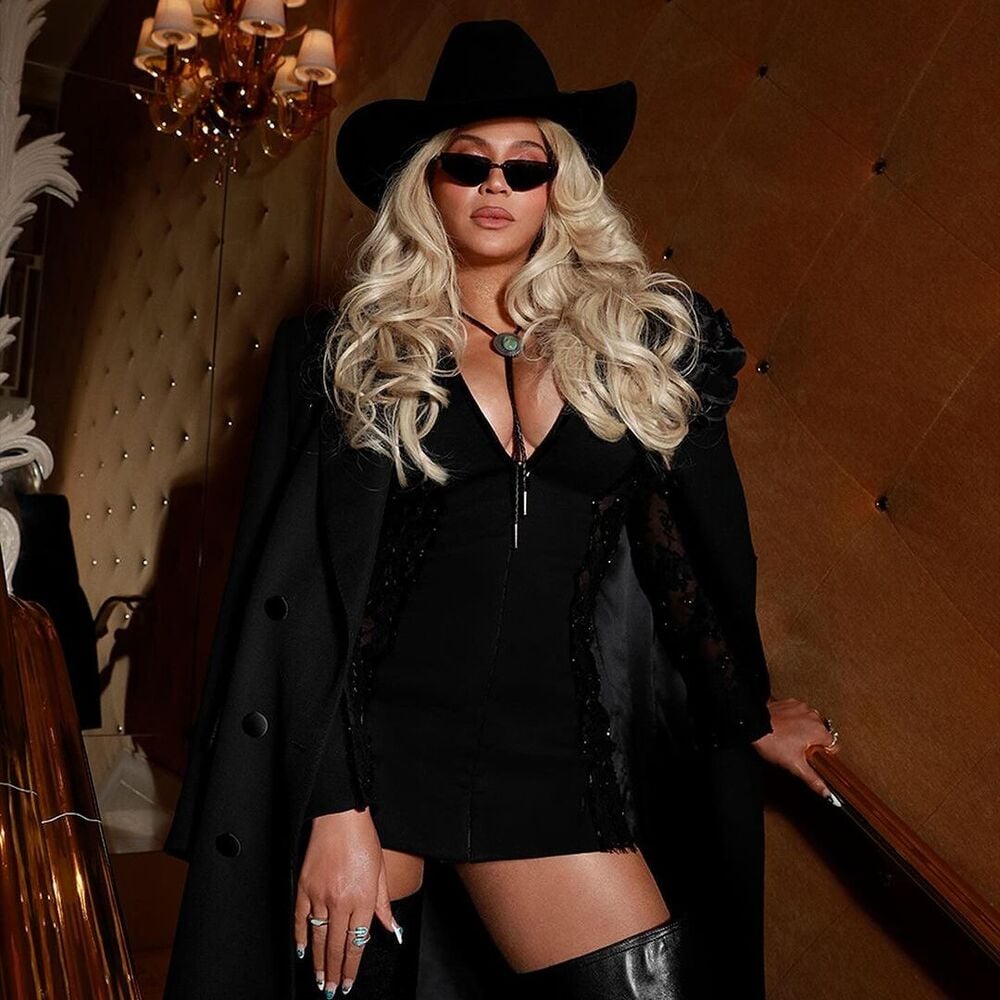It seems that Elon Musk is going to try to boost Twitter’s subscription revenue by brute force, with the platform now informing all advertisers that they’ll have to sign up to either Twitter Blue or Verification for Organizations in order to keep running ads in the app.
This email has been sent out to all Twitter advertisers today, informing them of the change.
In effect, this now means that brands will have to pay Twitter $8 per month for a blue tick, or $1,000 per month for its Verification for Organizations offering – though brands that are already spending ‘in excess of $1,000 per month’ will soon be given gold checkmarks automatically.
Which might not be a massive imposition, in pure cost terms. The cheapest option would be to buy a Twitter Blue subscription for your brand, which will cost your business an extra $96 per year, and if you’re planning to run Twitter ads, that’s unlikely to have a huge impact on your annual budget.
You’ll also get a verified tick for your brand account, which could help to give your brand more legitimacy in the app. But then again, with even celebrities now trying to get rid of their blue ticks, due to concerns around the negative stigma of paying for it, the checkmark doesn’t seem to communicate the same level of authority or trust that it once did.
It can also be bought by anyone, as there’s no checking process involved – there’s no actual verification in Musk’s Twitter Blue process. That means that someone else could also register your brand name, and also get a blue tick for it. To combat this, Twitter has added an ‘impersonation defense’ element to its Verification for Organizations package, which will ensure that:
“Accounts are monitored for changes (including display names, profile photos, and usernames) and flagged for further review if impersonation is detected.”
Verified Organizations will also get premium customer support – though you do have to pay $1,000 per month, or $12,000 per year, for these benefits.
Twitter Blue, at $8, doesn’t offer the same, so those protections and bonuses are of little benefit to all the SMBs who advertise in the app, and will be increasingly susceptible to impersonation.
Those SMBs are also critical to Twitter’s bottom line. For example, according to a recent report from Sensor Tower, the top 50 advertisers on Twitter spent a combined $102 million in February and March 2022, well before Musk took over at the app. That equates to around $150 million in spending from the biggest ad spenders in Q1 22, a period in which Twitter brought in $1.11 billion in total ad revenue.
So the top 50 spenders are only bringing in around 13.5% of Twitter’s total ad revenue – which means that a lot of smaller businesses make up the majority of the platform’s ad spend.
Will all of them be willing to pay $96 a year extra for few add-on features, no protection against impersonation, and potentially, decreased brand safety in ad placement?
That last element is debatable, as we don’t know exactly what impact Twitter’s more recent rule changes have had on instances of hate speech. Twitter says it’s down, third-party analysis suggests it’s up – but again, it’s another element of uncertainty, and now you have to pay extra to even run ads, and all this at a time when Twitter also needs advertisers more than ever?
For context, Musk recently said that Twitter has lost 50% of its ad revenue since last October, while subscription take-up is still minuscule, as a revenue driver.
Twitter needs advertisers to keep spending, but instead of offering them new incentives, it’s telling them they’ll need to pay for the privilege, while many current advertisers have reported an escalating array of issues with Twitter’s ad platform, making it hard to even run a Promoted Tweet campaign when you want to.
Still, on the other hand, if you do pay for verification, you’ll theoretically get more reach, now that Twitter’s also looking to only show tweets from verified profiles in its For You feed recommendations. So there’s also that.
A blue tick, which no longer means as much, extra reach in a feed that fewer people are likely to use (especially if it gets flooded by brand tweets as a result), and the opportunity to pay Twitter even more to run your ads – all this for $96 per year.
Yeah, I’m not sure it’s a great pitch. But seemingly, that’s what Twitter’s going with, as it works to maximize subscription take-up any way that it can.
























































![Key Metrics for Social Media Marketing [Infographic] Key Metrics for Social Media Marketing [Infographic]](https://www.socialmediatoday.com/imgproxy/nP1lliSbrTbUmhFV6RdAz9qJZFvsstq3IG6orLUMMls/g:ce/rs:fit:770:435/bG9jYWw6Ly8vZGl2ZWltYWdlL3NvY2lhbF9tZWRpYV9yb2lfaW5vZ3JhcGhpYzIucG5n.webp)


















